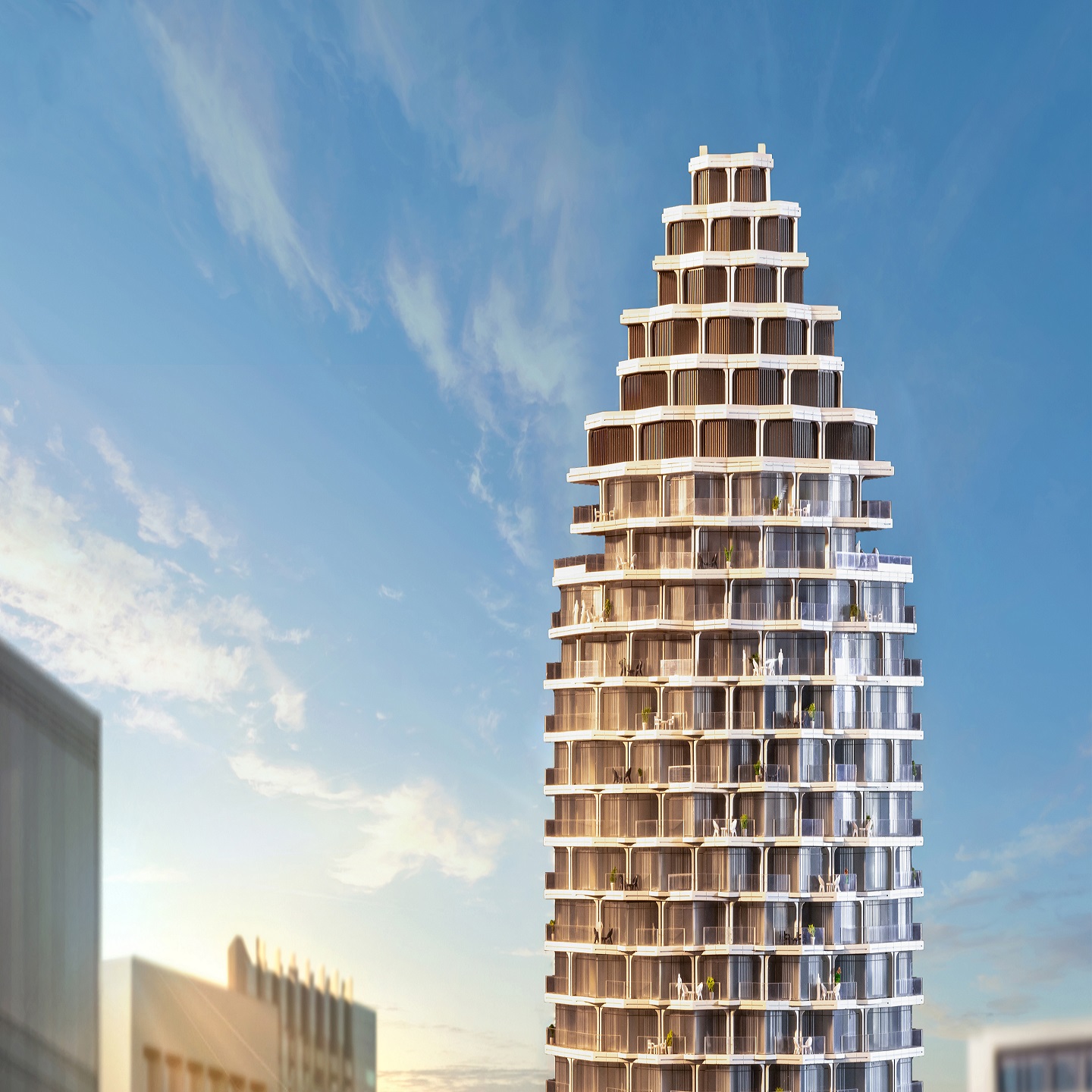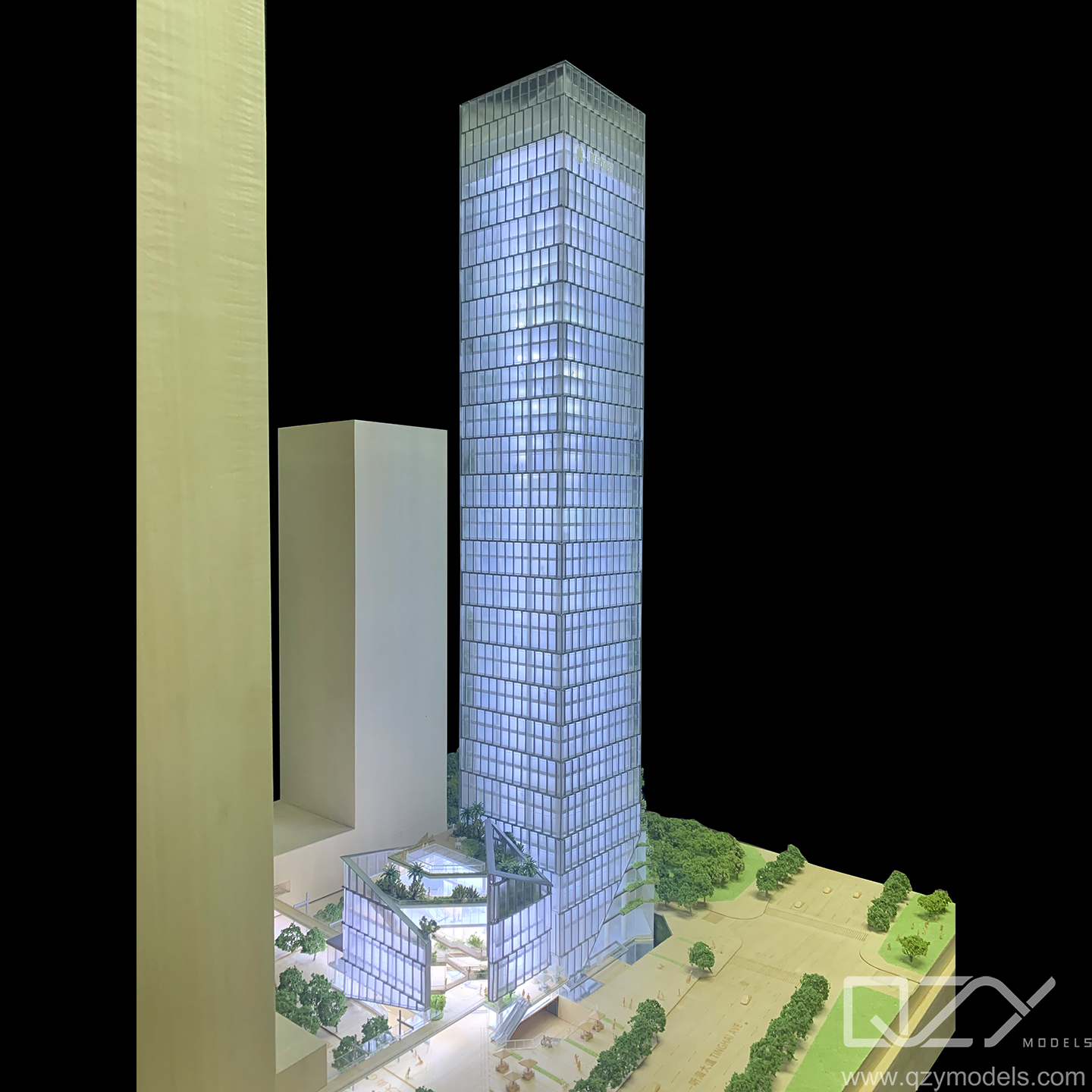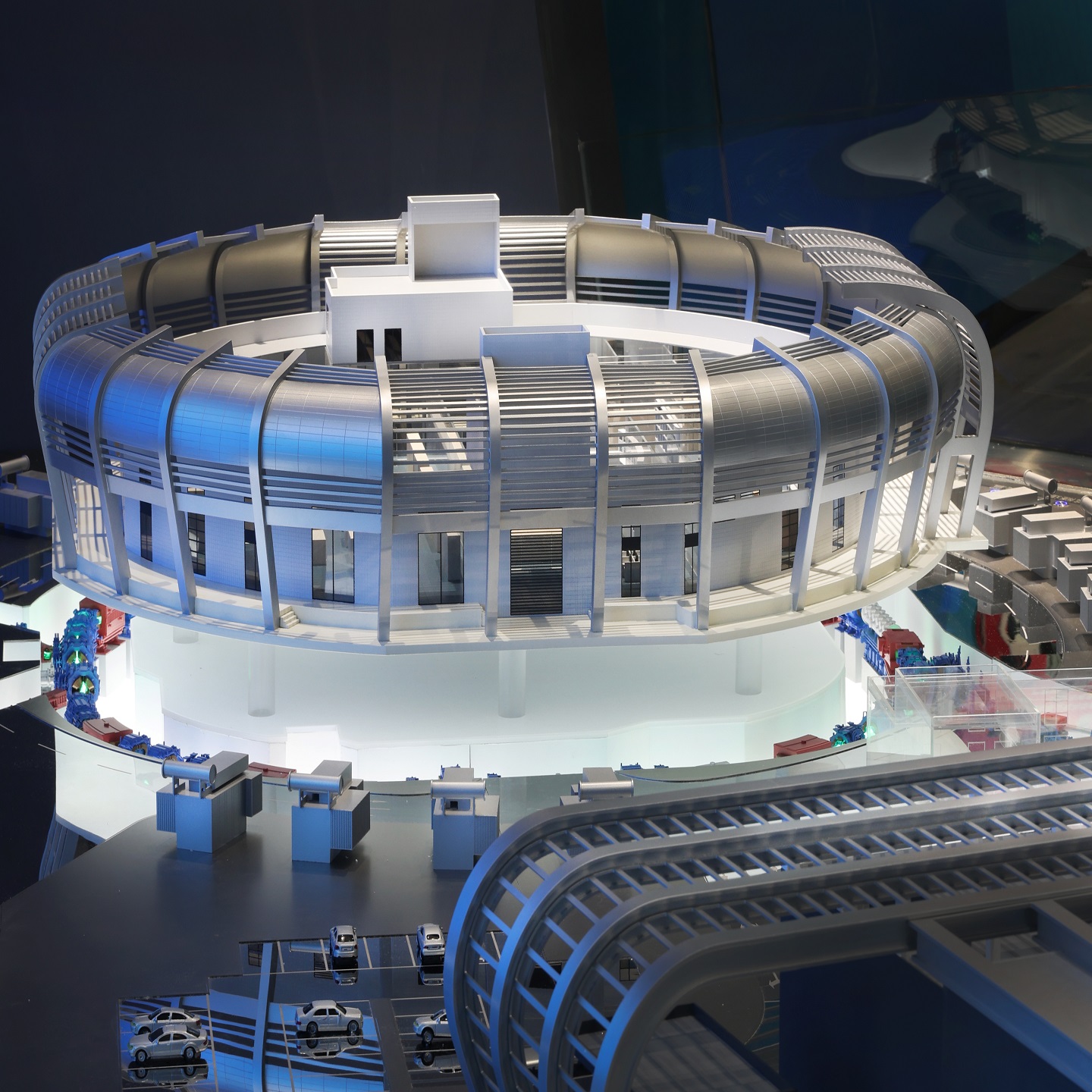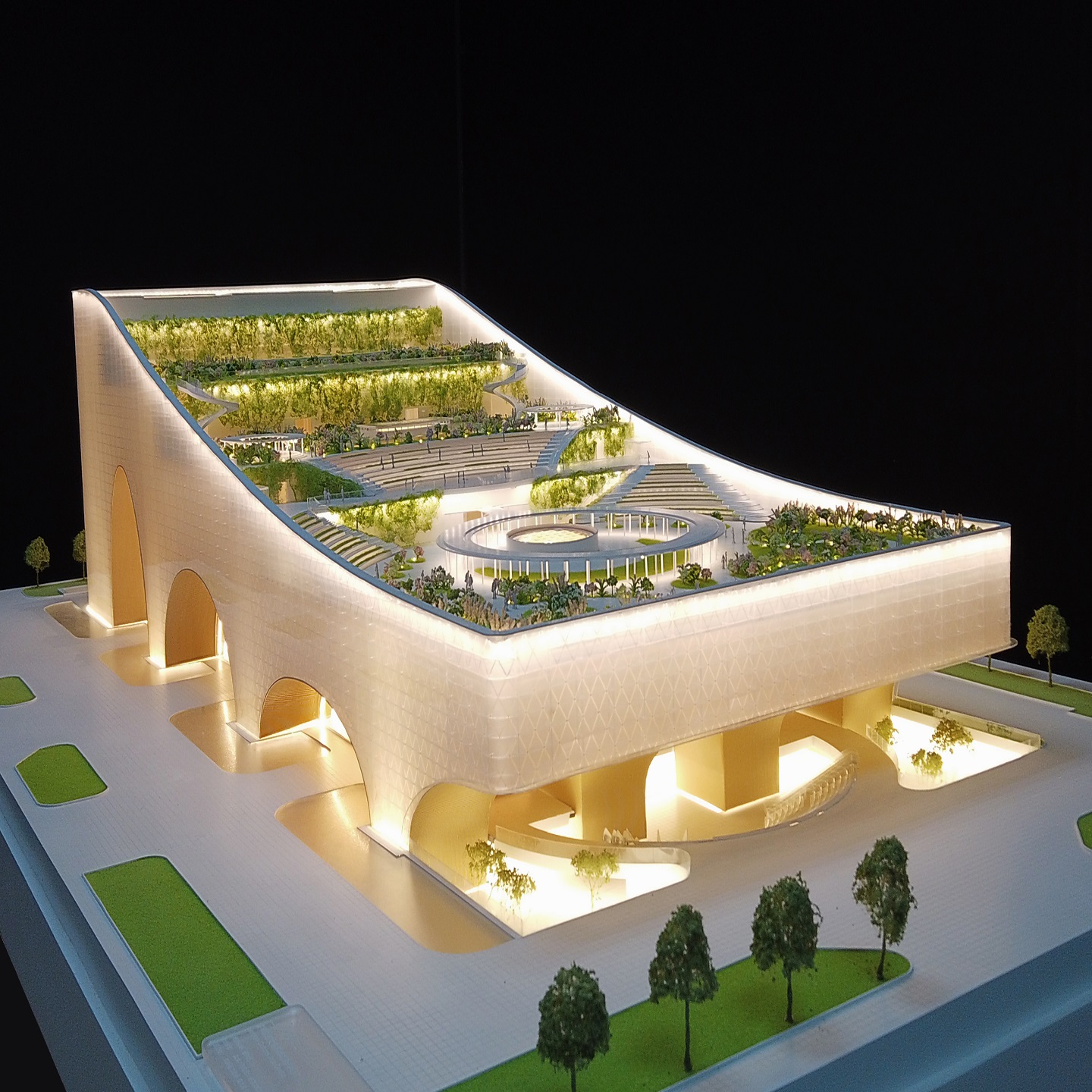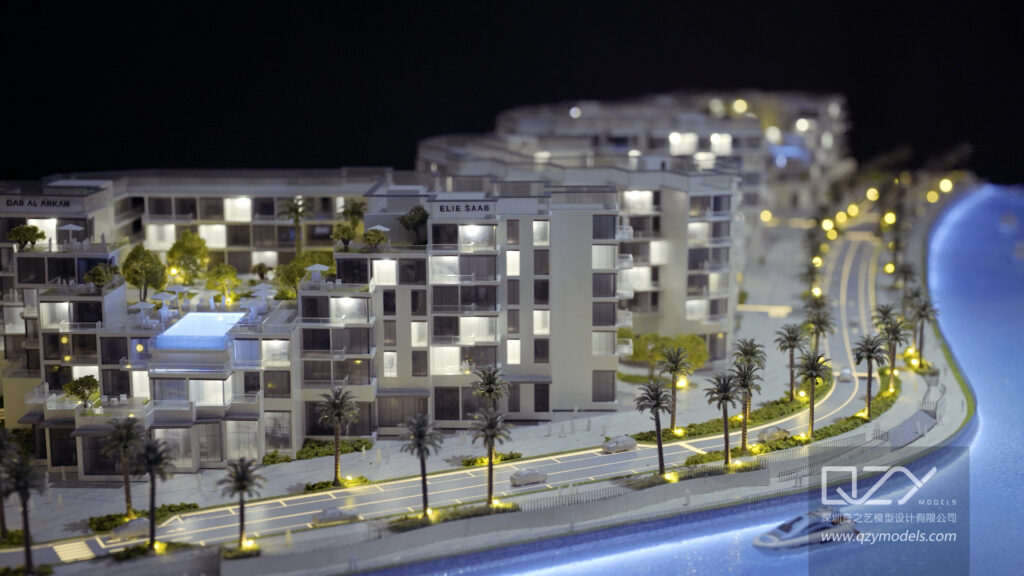In a world increasingly driven by digital technologies, physical models stand as tangible testaments to the art of craftsmanship and the power of visualization. These three-dimensional wonders, crafted with meticulous precision, bridge the gap between abstract ideas and concrete reality. From architectural marvels to engineering prototypes and artistic masterpieces, models serve as indispensable tools across various industries. In this immersive article, we embark on a journey to explore the captivating world of models, delving into their significance, versatility, and enduring charm.
I.Unveiling the Significance of Physical Models
Physical models hold an irreplaceable position in the realms of design, architecture, and engineering. They embody the creativity and technical prowess of their creators, enabling stakeholders to comprehend and communicate complex concepts with clarity and impact.
A.Engaging All Senses:
The allure of models lies not only in their visual appeal but also in their ability to engage multiple senses. When exploring a model, one can feel the textures of the materials, trace the intricate contours with their fingers, and even hear the subtle sounds of movement. This multi-sensory experience enriches the understanding of the design, creating a more profound connection between the viewer and the creation. Architects and designers can convey their ideas with greater clarity, while clients and stakeholders gain a deeper appreciation of the project’s potential impact.
B.Facilitating Effective Communication:
Communication is at the heart of successful projects, and models excel at facilitating effective and collaborative discussions. As designers and stakeholders gather around a model, they can effortlessly share ideas, identify potential improvements, and envision the final outcome. The tangible presence of the model encourages active engagement and ensures that everyone involved in the process is on the same page. By fostering a shared vision, models streamline decision-making and contribute to the realization of exceptional designs.
C.Empowering Iterative Design:
The journey from concept to realization is rarely linear, and this is where models truly shine. Throughout the design process, iterative changes are common as ideas evolve and refine. Physical models offer a tangible platform for designers to test and evaluate these iterations in a hands-on manner. Whether it’s adjusting the proportions of an architectural facade or fine-tuning the functionality of a product prototype, model-makers can swiftly implement changes and present updated versions. This iterative approach saves time, resources, and ensures that the final design surpasses expectations.
II.The Versatility of Physical Models Across Industries
From the conceptual stages of design to the final stages of realization, models find applications across diverse industries, each benefiting from the unique advantages they offer.
A.Bringing Architecture to Life:
In architecture, models translate blueprints and digital designs into tangible representations of buildings and urban spaces. Architects use these models to evaluate aesthetics, spatial layouts, and the integration of structures into their environments.
B.Engineering and Prototyping Excellence:
In the realm of engineering, models help bring complex ideas to life. These models allow engineers to visualize and analyze intricate systems, test mechanical components, and optimize functionalities before production.
C.Elevating Product Design:
Models play a crucial role in product design and development, enabling designers to examine form, functionality, and ergonomics. Additionally, physical prototypes allow consumer goods companies to conduct focus group testing and assess market viability.
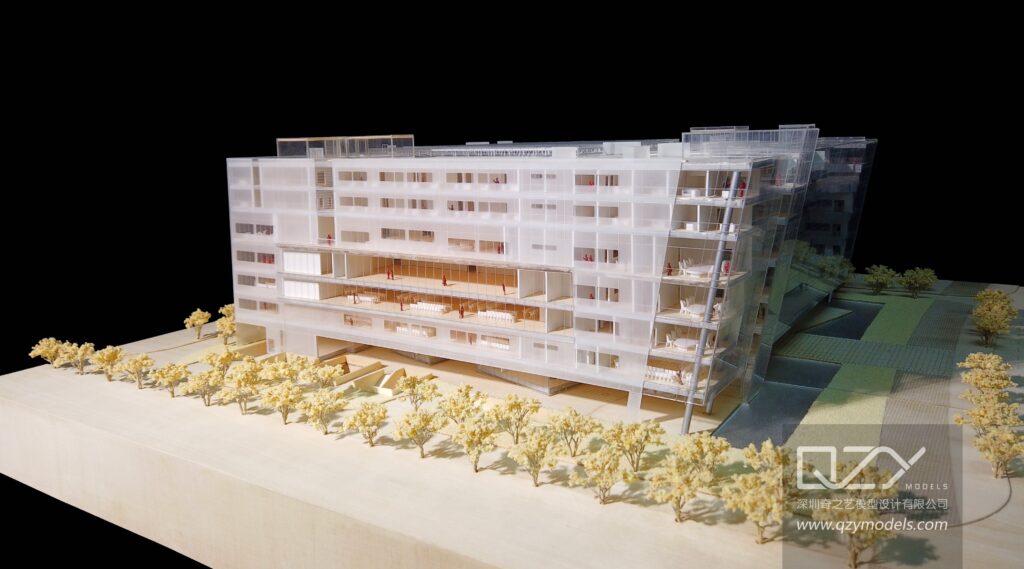
III. The Artistry and Craftsmanship of Physical Model-Making
Behind every model lies the artistry and craftsmanship of skilled model-makers. These artisans master a range of techniques and materials, infusing each creation with precision, creativity, and passion.
A.An Artistic Expression:
Model-making is not merely a technical endeavor; it is an artistic expression. Model-makers bring designs to life, capturing intricate details and creating awe-inspiring replicas that evoke emotions and ignite curiosity.
B.Materials and Techniques:
The choice of materials and techniques is a defining aspect of model-making. From traditional materials like wood, clay, and paper to modern advancements such as 3D printing and laser cutting, model-makers expertly select the ideal medium to achieve their vision.
C.The Power of Detail:
Model-makers meticulously attend to every detail, from miniature furnishings in architectural models to realistic textures in product prototypes. Their dedication to precision ensures that each element accurately reflects the original design.
IV.Preserving Legacy and Cultivating Inspiration
Beyond their functional significance, models hold historical and cultural value. They preserve the legacy of architectural and engineering marvels, contributing to our understanding of past achievements. Additionally, models continue to inspire future generations, igniting the spark of creativity and innovation.
A.Architectural Legacy:
Historic architectural models serve as priceless artifacts, offering insights into the planning and construction of iconic structures. These models shed light on the evolution of architectural techniques and the vision of renowned architects throughout history.
B.Fueling Educational Curiosity:
Physical models play a significant role in education, fostering interest in fields such as architecture, engineering, and design. They provide students with hands-on learning experiences and ignite a passion for creativity and problem-solving.
C.A Source of Inspiration:
The artistry and intricacy of models inspire artists, designers, and creators across various disciplines. They serve as a reminder of the boundless possibilities of human imagination and act as a catalyst for innovative thinking.

V.The Future of Models: Embracing Technology and Tradition
As technology continues to advance, model-making embraces a harmonious blend of cutting-edge innovation and time-honored craftsmanship. These advancements enable model-makers to push the boundaries of design possibilities while maintaining the essence of traditional techniques.
A.Integrating Digital Fabrication:
Model-makers integrate digital fabrication techniques, such as 3D printing and CNC machining, to streamline production processes and achieve intricate detailing. Additionally, virtual reality (VR) and augmented reality (AR) technologies offer immersive experiences, allowing stakeholders to interact with virtual models in unprecedented ways.
B.Advancing Sustainability:
Environmental consciousness has permeated the model-making industry, leading to an increased focus on sustainable practices. Model-makers explore eco-friendly materials, embrace recycling methods, and adopt energy-efficient production techniques, contributing to a greener and more responsible future.
C.Collaborative Endeavors:
Models have become focal points of collaboration between various disciplines. Architects, engineers, artists, and urban planners unite their expertise to create innovative and holistic solutions for complex projects. This interdisciplinary approach fosters a collective vision that transcends traditional boundaries.
Models remain timeless icons of creativity, insight, and craftsmanship. They captivate the
senses, transcend the limitations of digital renderings, and foster a deeper understanding of complex concepts. From architectural wonders that shape city skylines to engineering prototypes that push the boundaries of innovation, models stand as tangible testaments to human ingenuity. As we celebrate their enduring charm, let us continue to cherish the artistry and craftsmanship of model-making, preserving our cultural heritage and inspiring the next generation of creators and dreamers. Experience the world of models and witness the tangible transformation of imagination into reality.
Discovering the World Through Miniatures – About Us
QZY Models, founded in 2013 in Shenzhen, China, is a leading professional team specializing in the design and production of customized physical models. Rooted in the architecture industry, QZY Models caters to diverse model production needs, ranging from furniture, interior design, architectural landscape, to urban planning. Moreover, we are continuously exploring various fields, including dynamic mechanical models, industrial equipment displays, scientific and technological principle displays, and exhibition displays, to create a diverse model service ecosystem.
Since commencing our independent business in 2013 and establishing our base in Shenzhen, ensuring quality has always remained our top priority. We have forged strong collaborations with renowned companies in over ten countries, such as the United Kingdom, the United States, Canada, and Singapore. Our completed projects span across China, the United Arab Emirates, Saudi Arabia, Egypt, Poland, Morocco, Ethiopia, and other countries. Presently, QZY Models has established branches or offices in Egypt, Morocco, Saudi Arabia, Lebanon, Italy, the Netherlands, and other locations, firmly committed to serving global customers.

